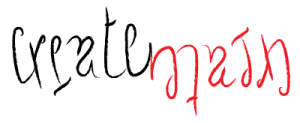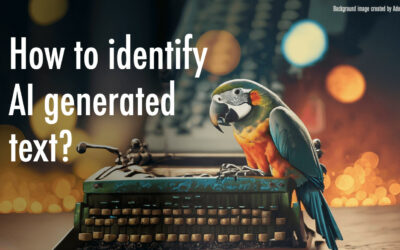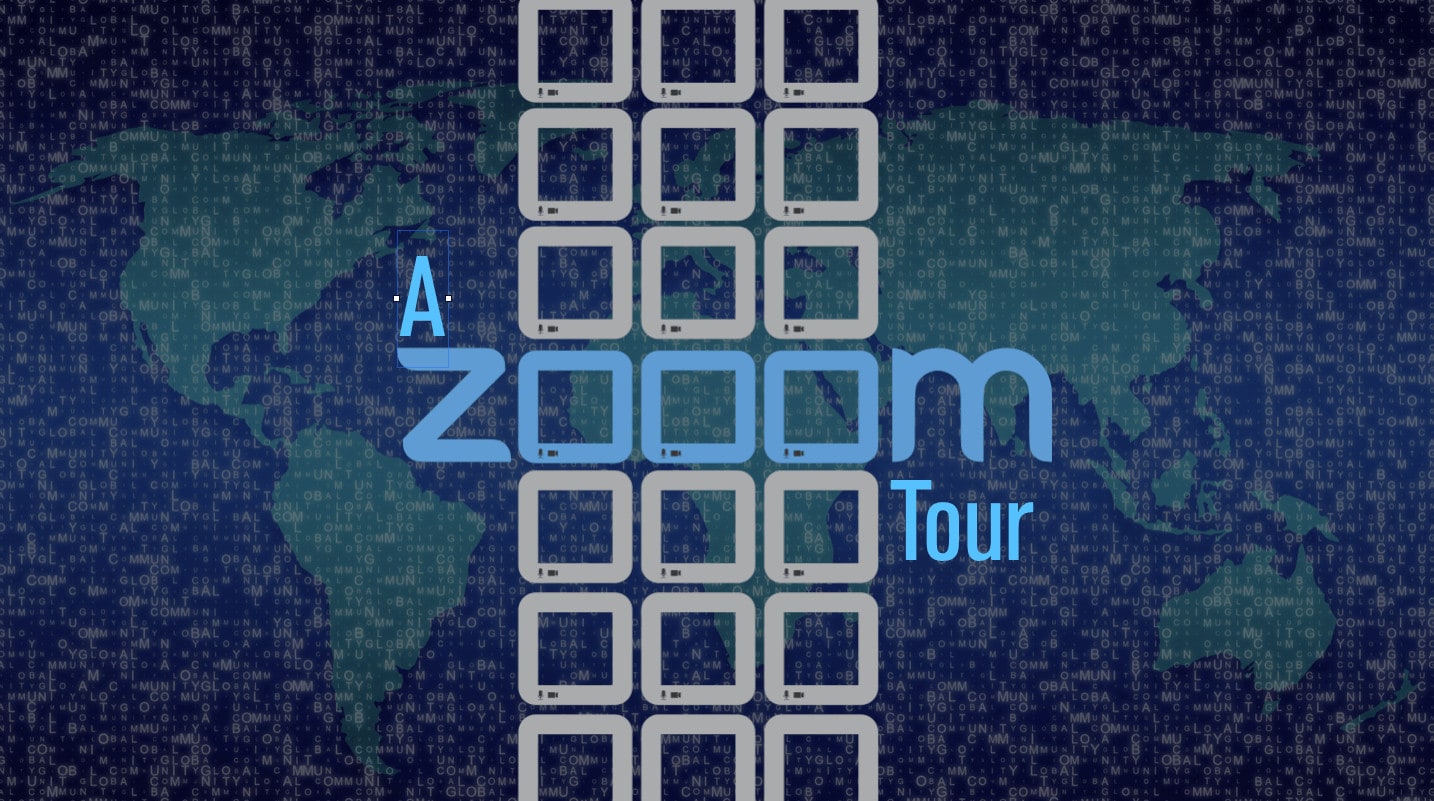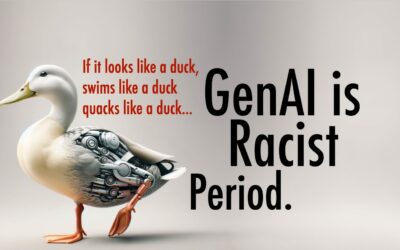
Mathematicians love puzzles—they love to play with numbers and shapes but often their love can turn to words and other areas that, at least on the surface, have little to do with mathematics. One form of visual wordplay with some deep connections to mathematics, and one that I have played with over they years, are called ambigrams. (Click here for examples of ambigrams I have published on this blog in the past.) Ambigrams exploit how words are written and bring together the mathematics of symmetry, the elegance of typography and the psychology of visual perception to create surprising, artistic designs. For instance see the rotational ambigram for the word-pair “create-math” at the top and a design for “theorem” below. In both cases the words read the same even when rotated 180 degrees.
 Till recently ambigrams were something I created for fun. I knew of their mathematical underpinings, explored them once in a while, but never really took that part seriously. This despite my interest in creativity and the value of making connections across disciplines. Well that has changed…
Till recently ambigrams were something I created for fun. I knew of their mathematical underpinings, explored them once in a while, but never really took that part seriously. This despite my interest in creativity and the value of making connections across disciplines. Well that has changed…
Sailesh Shirali and Sneha Titus editors of At Right Angles, a mathematics education magazine, invited me to write a column on ambigrams and mathematics. (They had recently published one of my math-poems and had come to know of my strange interests.) I wanted to do this but was concerned about the depth (or shallowness of my mathematical knowledge. I asked them if I could invite my mathematician friend Gaurav Bhatnagar as a co-author, and they agreed. Gaurav and I have been friends for over 30 years and share an interest in puns, bad jokes and mathematics. We had always wanted to write something together—and this was the opportunity. So we grabbed it with both hands.
We came at the task with differing strengths—I knew ambigrams but not much of mathematics, and Gaurav is a bona fide mathematician less interested in to typography and visual design. And thus was born a genuine collaboration — opening up a whole new arena of creative work. Over the past few months I have created hundreds of new designs, inspired by conversations with Gaurav.
What this meant is that we had more material than could fit in one article. Luckily the editors were open to our writing a series of articles for a special section on mathematics and art they had been wanting to start.
The first article in the series on art and mathematics, focusing on visual wordplay, was just published. It includes some of my older ambigram designs as well as some new ones created just for the article. We are currently working on the second article,
I would like to thank the editors, Sailesh Shirali and Sneha Titus, for giving us this opportunity. I can’t even describe how pleased I am that something I have been doing just for fun can end up actually being published. What is even more gratifying is the fact that I have, finally, been able to write something together with Gaurav—something we have been wanting to do for a while.

So here is a link to the November 2013 issue that has our article in it as well as a direct link to the article itself (archived on my website): Of Art & Math: Introducing Ambigrams





0 Comments